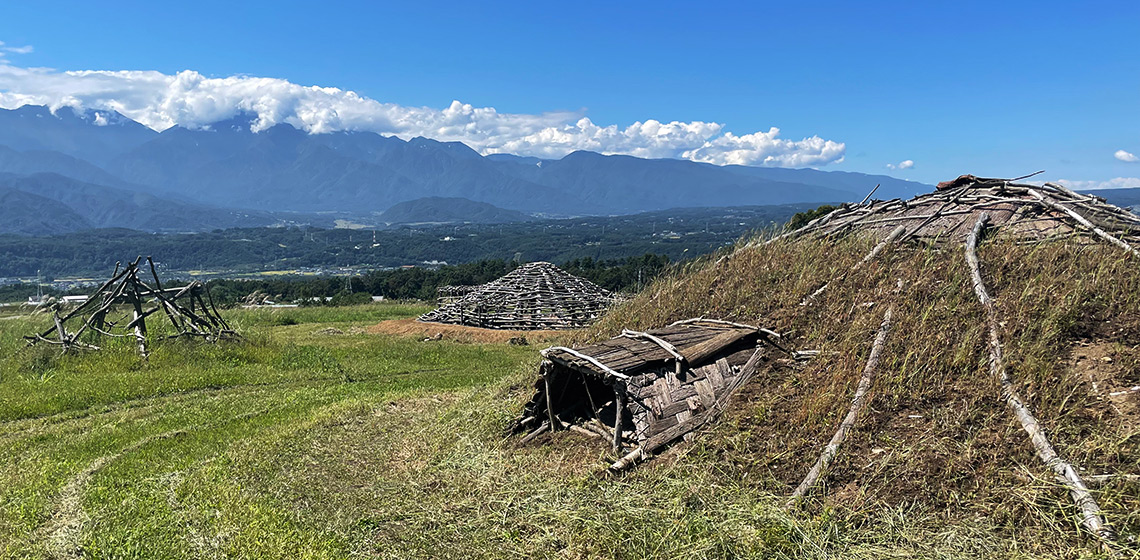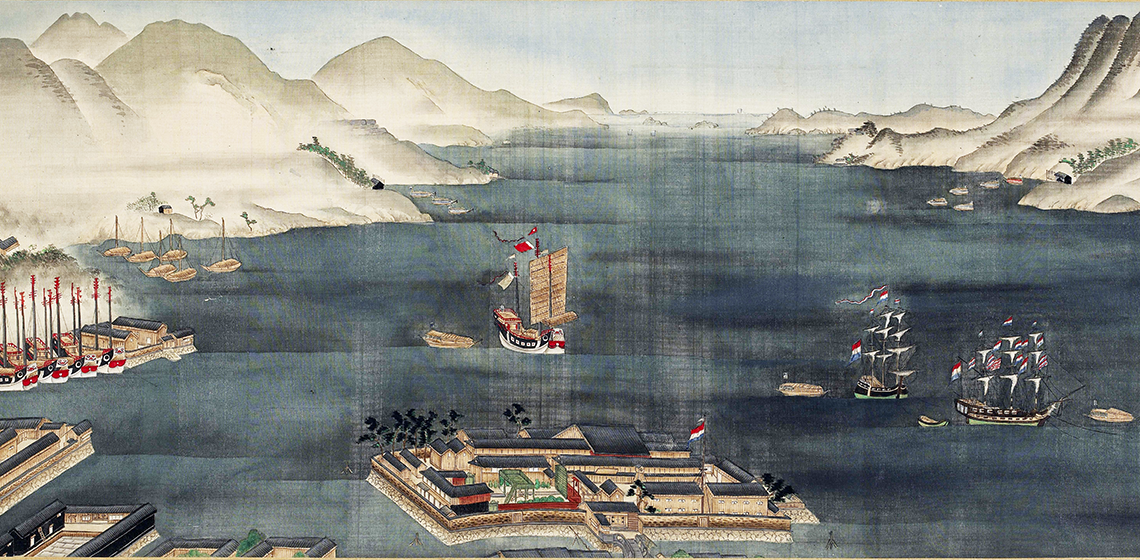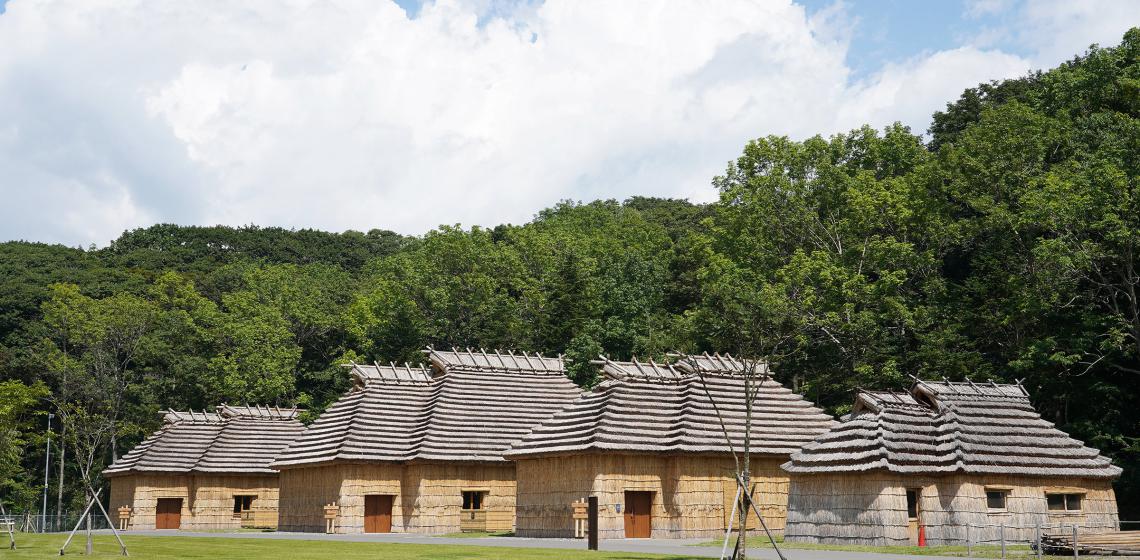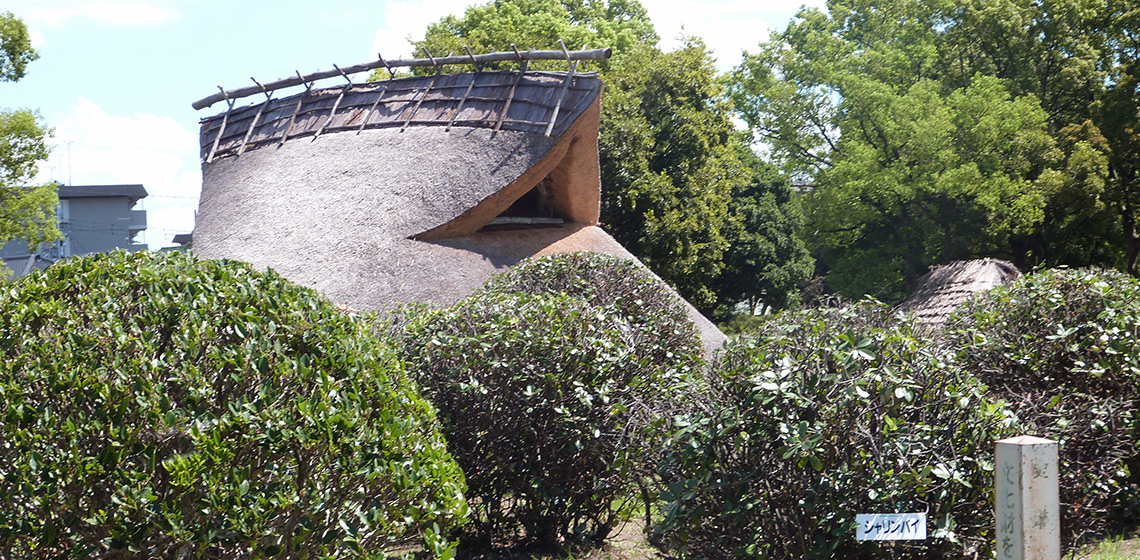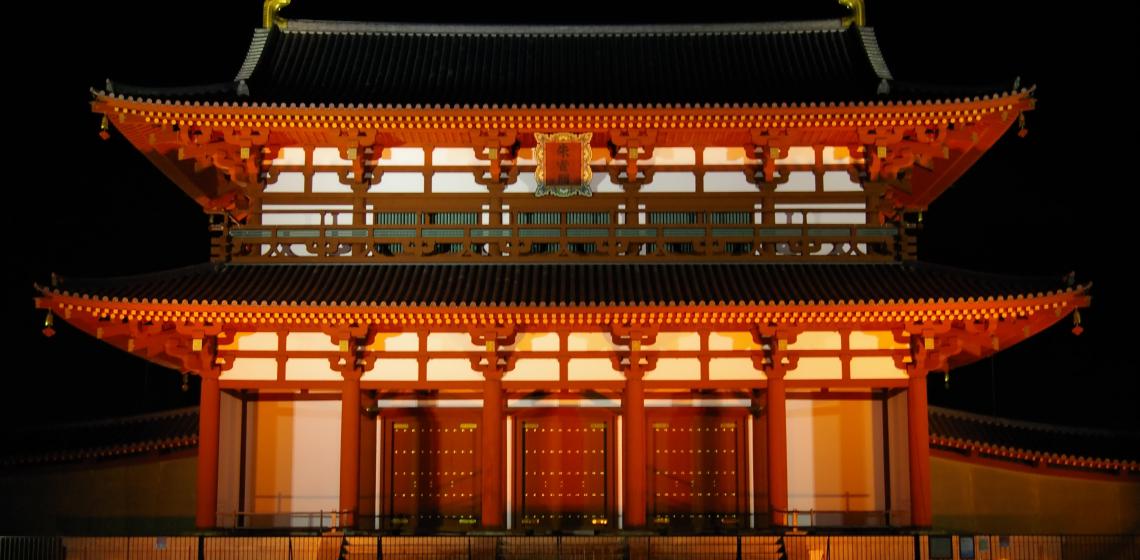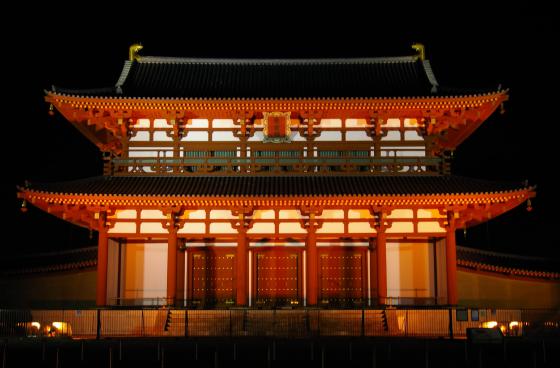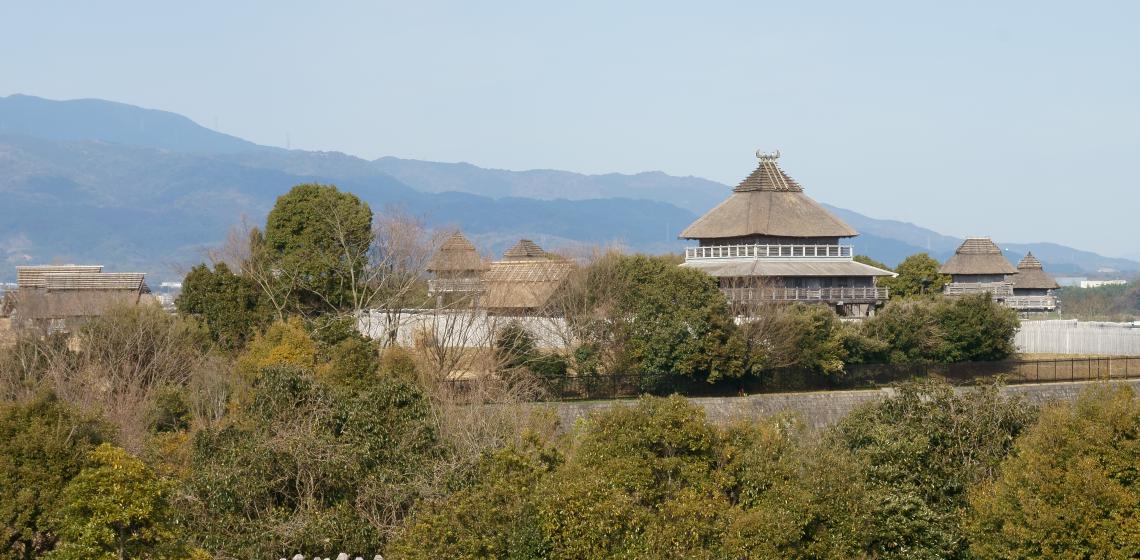Approaches to Experimental Pit House Reconstructions in the Japanese Central Highlands: Architectural History, Community Archaeology and Ethnology
***In Japan, over 1,000 prehistoric house reconstructions have been built at 360 different locations since 1949. Pit houses from Neolithic Jomon Period (14,000–300BC) are the most common but they are mostly based on archaeological remains limited to pits and postholes. Therefore, decisions on material and structure come...

